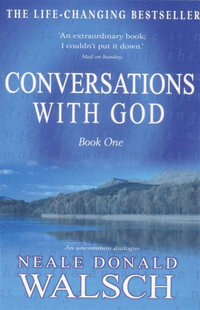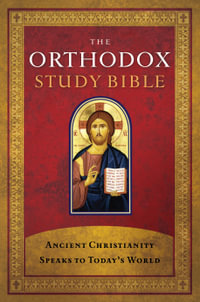Yung Suk Kim has gifted us with a much-needed resource for studying the Gospels. Thanks to his exceptionally lucid writing style, this book presents the complex textual and historical issues around the Gospels, as well as their diverse interpretations, in an easy-to-follow way. Students and teachers of the New Testament will find this book useful and insightful.
--Ekaputra Tupamahu, Assistant Professor of New Testament, Portland Seminary
Professor Yung Suk Kim's book is well organized and clearly presents his goals and objectives. I appreciate his innovative approach by which he examines the distinctive features of each Gospel from the standpoint of several interpretive methods, which especially gives voice to perspectives not customarily included in traditional works of similar genre. In addition, providing summaries and questions at the end of each chapter facilitates the book's use as a textbook. I would describe this book as an introduction both to traditional literary and contemporary inclusive, current cutting-edge, marginalized methodologies, and approaches to Gospel interpretation. I welcome a text like this that seeks to provide readers with a broad range of interpretive perspectives (that includes, ecological, post-colonial, minoritized, literary-historical, and other approaches). It is this very feature of Kim's book that is commendable and attractive and the basis upon which to highly recommend it to others.
--Demetrius K. Williams, Associate Professor, University of Wisconsin-Milwaukee
Dr. Yung Suk Kim's How to Read the Gospels offers informative, in-depth, and inclusive guidance on each Gospel. Dr. Kim invites the reader to engage with and interpret the Gospels through close, careful, and critical reading. This well-organized and well-balanced book will enrich any discussion on the Gospels, whether in seminary or parish.
--Jeehei Park, Assistant Professor of New Testament, Seminary of the Southwest
In the age where academic biblical studies was catapulted into a vortex of diverse methods, readers, contexts and concerns, Yung Suk Kim's How to Read the Gospels: An Introduction, is a rare-jewel, for it is research-intensive, reader-friendly and thorough-going in its faithfulness to the ancient context and content of the gospels, while exposing the student reader to various ways of interpreting the Gospels. Not only does it show case diverse ways of reading the Gospels, but it also makes the work of biblical teachers much easier without sacrificing quality. I highly recommend this book for all beginning readers of the Gospels and their teachers.
--Musa W. Dube, William Ragsdale Cannon Distinguished Professor of New Testament, Emory University
Dr. Yung Suk Kim's brilliant and meticulous textbook How to Read the Gospels offers a refreshing approach to reading the gospels that exceeds most introductions. I appreciate that he encourages readers to read the gospels closely for themselves. Readers are also encouraged to read multiple interpretative approaches to the gospels in conjunction with learning how to read them contextually and critically, even though the various methods are situated in the second half of the book. Kim's book rises above the many textbooks on the gospels that either ignore or provide shallow and marginalizing introductions to queer, disability, postcolonial, feminist, womanist, ecological, ekklesia, and minoritized criticisms. This contribution to biblical studies is revolutionary.
--Mitzi J. Smith, J. Davison Philips Professor of New Testament, Columbia Theological Seminary
With How to Read the Gospels, Yung Suk Kim has once again written a comprehensive and accessible primer for the study of the New Testament. The introduction to each gospel, diverse array of interpretive methodologies presented, and insightful bibliographical references will make this an essential resource for any class engaging the gospels.
--Nicholas Elder, Associate Professor of New Testament, University of Dubuque Theological Seminary


![NRSV Catholic Bible Gift Edition [White] : Holy Bible - Thomas Nelson](https://www.booktopia.com.au/covers/200/9780785230380/2211/nrsv-catholic-bible-gift-edition-white-.jpg)





















